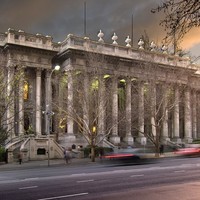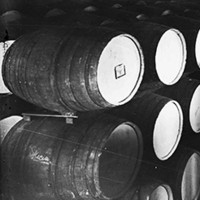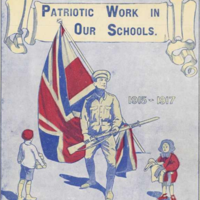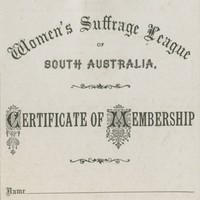Adelaidia
1980s
- Remove [facetapi_active:active-value] filter [facetapi_active:active-value]
- Remove [facetapi_active:active-value] filter [facetapi_active:active-value]
- Remove [facetapi_active:active-value] filter [facetapi_active:active-value]
- Remove [facetapi_active:active-value] filter [facetapi_active:active-value]
- Remove [facetapi_active:active-value] filter [facetapi_active:active-value]
- Remove [facetapi_active:active-value] filter [facetapi_active:active-value]
- Remove [facetapi_active:active-value] filter [facetapi_active:active-value]




























